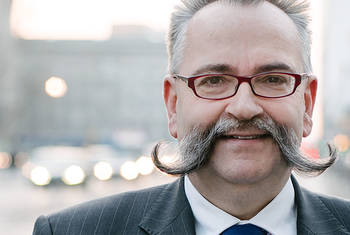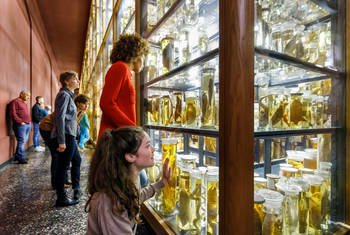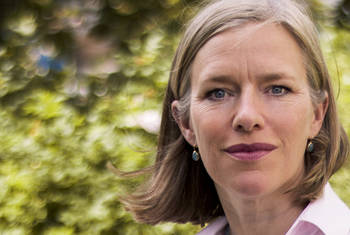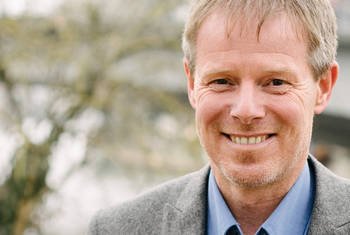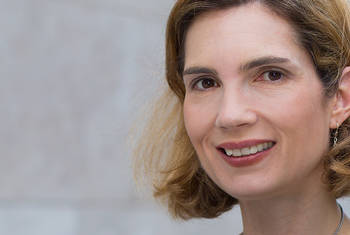Johannes Vogel How Can We Speed Up the Discovery of Biodiversity on Earth?
Johannes Vogel is Director General of the Museum für Naturkunde Berlin and Professor of Biodiversity and Public Dialog at Humboldt University Berlin. He is also Chair of the European Citizen Science Association and Chair of the Open Science Policy Platform. Previously, he was Keeper of Botany at the Natural History Museum London. His research interests include biodiversity, the role of museums in science and society, and public engagement with science. Among his many advisory duties is that of Regional Chapter Lead Author for Europe of the United Nations Environment Program. In 2010, he was elected Fellow of the American Association for the Advancement of Science.
Area of Research
Biodiversity, Taxonomy
since 2012
Director General
Museum für Naturkunde - Leibniz Institute for Evolution and Biodiversity Science (more details)
since 2012
Professor of Biodiversity and Public Dialog
Humboldt University of Berlin (Humboldt-Universität zu Berlin)
Department of Biology
since 2013
Permanent Fellow
Humboldt University of Berlin (Humboldt-Universität zu Berlin)
Interdisciplinary Laboratory Image Knowledge Gestaltung
2004-2012
Keeper of Botany
Natural History Museum, London
1996-2004
Researcher
Natural History Museum, London
Department of Botany
1995
PhD in Genetics (in collaboration with the Department of Botany, Natural History Museum, London)
University of Cambridge
- American Association for the Advancement of Science
Prizes
- Strasburger Preis, Deutsche Botanische Gesellschaft (1996)
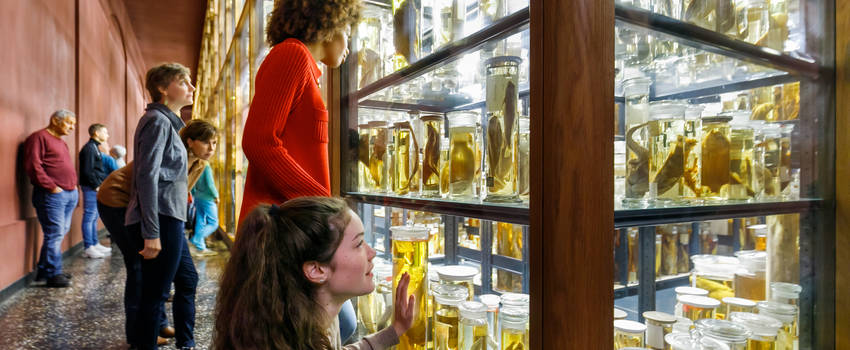 © Thomas Rosenthal
© Thomas Rosenthal

Museum für Naturkunde - Leibniz Institute for Evolution and Biodiversity Science
Berlin, GermanyThe Museum für Naturkunde (MfN) - Leibniz Institute for Evolution and Biodiversity Science is an integrated research museum within the Leibniz Association. It is one of the most important research institutions worldwide in the areas of biological and geological evolution and biodiversity. We study life and planet Earth, maintaining a dialogue with people. Our mission, our vision, our strategy and our structure make our Museum an excellent research museum. We have research partners in Berlin, Germany and approximately 60 other countries. Over 800,000 visitors per year, as well as steadily increasing participation in educational and other events show that we have become an innovative communication centre that helps shape the scientific and social dialogue about the future of our earth – worldwide. Alongside knowledge transfer, research and our collections are the main pillars of the Museum’s work. The collections are a unique cultural asset and inextricably linked to our research. They comprise over 30 million items covering zoology palaeontology, geology and mineralogy and are of highest scientific and historical importance. The permanent exhibitions and the regular special exhibitions give the public an insight into current research at the Museum. They highlight original research objects, and visitors are encouraged and inspired to find their own route into research and experience ‘evolution in action’ rather than following a given pathway. (https://www.museumfuernaturkunde.berlin/en)
Map
Humans may be sharing earth with up to twenty million species of macroscopic life, let alone microscopic life. Today, about 1.8 million species have been described and currently, we discover about 18,000 species per year, which means it would take us thousands of years to describe them all. This is why JOHANNES VOGEL endeavors to increase the current rate of discovery dramatically, as he explains in this video. Traditionally, taxonomy has relied of morphology as the method to describe nature. In order to introduce more speed, Vogel suggests methods such as DNA barcoding, entire genome sequencing, CT scans or X-rays. Bringing together modern technology, biodiversity informatics and even citizen science will increase the rate of discovery. This, in turn, will enable researchers to build a model of the living biosphere that allows us humans to work with the ecosystem, not against it, in order to sustain life on earth.
LT Video Publication DOI: https://doi.org/10.21036/LTPUB10585
Mapping the Biosphere: Exploring Species to Understand the Origin, Organization and Sustainability of Biodiversity
- Quentin D. Wheeler, Sandra Knapp, D. W. Stevenson, J. Stevenson, Stan D. Blum, B. M. Boom, Gary G. Borisy, James L. Buizer, M. R. De Carvalho, A. Cibrian and Johannes Vogel
- Systematics and Biodiversity
- Published in 2012
Earth BioGenome Project: Sequencing Life for the Future of Life
- Harris A. Lewin, Gene E. Robinson, W. John Kress, William J. Baker, Jonathan Coddington, Keith A. Crandall, Richard Durbin, Scott V. Edwards, Félix Forest and M. Thomas P. Gilbert
- Proceedings of the National Academy of Sciences
- Published in 2018


